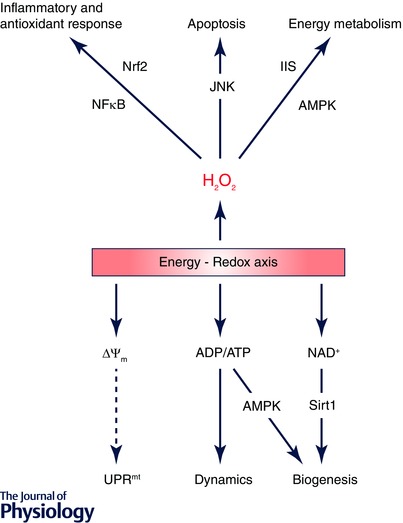Figure 3. Mitochondrion‐derived energy and redox signals regulate multiple cytosolic and nuclear pathways .

Redox signals, primarily H2O2, modulate cellular energetic pathways through IIS and AMPK signalling; high levels of H2O2 activate apoptotic pathways through JNK. H2O2 also induces multiple inflammatory and antioxidants pathways in the nucleus via transcription factors such as nuclear factor κ‐light‐chain‐enhancer of activated B cells (NFκB) and nuclear factor (erythroid‐derived 2)‐like 2 (Nrf2). On the other hand, energy signals transduced from ADP/ATP and NAD+ to AMPK and sirtuin 1 (Sirt1) control the biogenesis and dynamic remodelling of mitochondria. The mitochondrial unfolded protein response (UPRmt) represents another mechanism through which mitochondria communicate with the nucleus monitoring the organelles’ protein import efficiency, a process dependent on mitochondrial inner membrane potential (ΔΨm).
